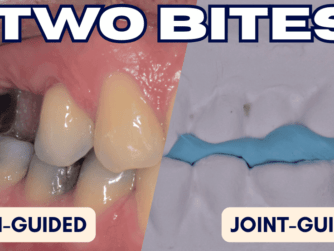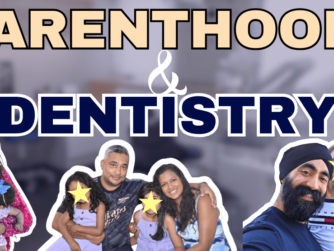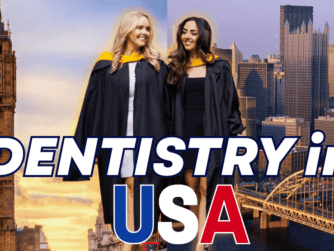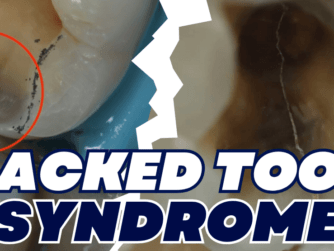Podcast: Play in new window | Download (Duration: 55:10 — 79.0MB)
Subscribe: RSS
Biomimetic Dentistry is the use of Restorative techniques and materials to mimic (and preserve) the structure and function of natural teeth. Dr. Taylor Paton will discuss his journey in Biomimetic Dentistry: how it differs from Adhesive dentistry and how it can be used to develop innovative treatment strategies for patients.
In this episode we also discussed philosophies and guidelines following the literature for optimal bond strengths, so that your clinical protocols may benefit from Biomimetic principles.
The Protrusive Dental Pearl: How to block out a metal post. Use something like ‘Ivoclar Direct Opaque flowable resin’, a masking agent that is highly opaque. Paint it on the dark tooth substrate or cover metal (eg a cast post) with it. Other brands include Pink Opaque by Cosmedent Inc
Premium users on the App can download Premium Notes by PDF and PDF Transcript.
Highlights of this episode:
- 2:52 The Protrusive Dental Pearl
- 7:15 Biomimetic Dentistry
- 13:17 Dr. Taylor’s journey to Biomimetic Dentistry
- 21:48 The Hybrid Layer
- 24:11 Improving Bond Strengths
- 26:58 How Decoupling with time works
- 31:41 Immediate dentin sealing concept
- 36:19 Caries Detector dye
- 42:58 Biomimetic Philosophy regarding crack management
Check out Dr. Pav Khaira’s Academy of Implant Excellence which would give you a comprehensive course encompassing A-Z of implantology
If you like this episode, you’ll also like Composite Veneers vs Edge Bonding – Biomimetic Dentistry with George The Dentist








[…] If you enjoyed this episode, check this another episode by Dr. Taylor Paton: Biomimetic Dentistry – What Actually Is It? […]